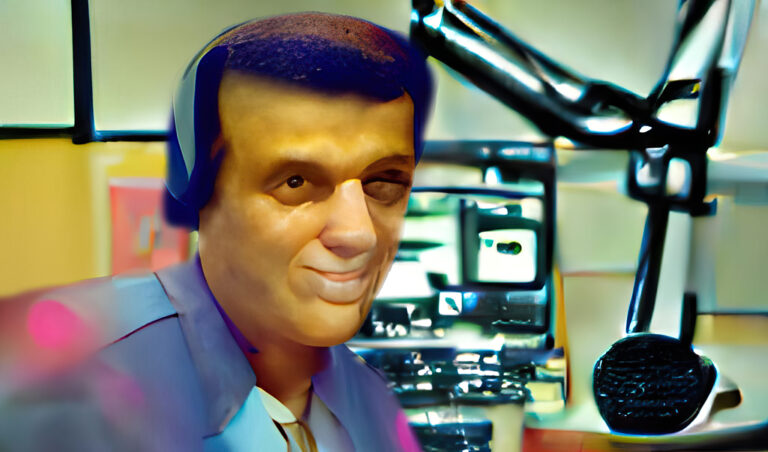After UNCLE, but long before NCIS, David McCallum was the lead in a lightweight spy series that just disappeared.
In the fall of 1975, opposite CBS’ Monday night smorgasbord of sitcoms and ABC’s Barbary Coast, NBC aimed for a new “spy-fi” hit in the form of The Invisible Man…but unfortunately, audiences and network executives just couldn’t see it happening.
This latest retelling of H.G. Wells’ timeless tale, now set in a 1970s spy milieu, was the invention of up-and-coming producers Harve Bennett and Steven Bochco. Bochco was in the earliest stages of his career, while Bennett already had a proven hit on the air in the form of ABC’s Six Million Dollar Man. With veteran producer Leslie Stevens (The Outer Limits, Search) on board to keep an eye on the “rookies”, and a serpentine, sinewy earworm of a theme tune by Henry Mancini to open the show, now it was all about finding just the right cast and writers.
The casting of the show settled on proven TV faces in the form of David McCallum (fresh from the BBC/Universal co-production of Colditz, but still best known from his star-making stint on The Man From UNCLE) as the titular Invisible Man, Dr. Daniel Westin, a scientist trying to find a way to make solid objects (including himself) invisible. His boss, played by Jackie Cooper in the pilot movie, was recast for the series with Craig Stevens – a household name of early ’60s TV as the star of Peter Gunn. Rounding out the cast as Dr. Kate Westin (Daniel’s wife) was veteran soap actress Melinda O. Fee.

At the center of the show’s mythology was the somewhat hazily-defined Klae Corporation, employer of all three of the main characters. Armed with friends in high places and top-secret clearances, the Klae Corporation deploys the mysterious “Klae resource” – i.e. the Westins – to solve problems for anyone who can pay the fee for their services. Only late in the show’s short run was more information about the Klae Corporation divulged, and what little information was added – namely, a power struggle over a family fortune between three heirs – raised more questions about the Klae Corporation than it answered.
The tone of the pilot movie, aired early in 1975 as a movie-of-the-week “backdoor pilot”, was markedly different from the series. Dan Westin agonizes over his permanent invisibility, and there is much angst over how this affects his future, his marriage, and his job. He worries that his discovery of invisibility will be used to alter the political balance of the entire world. By the time the series proper begins, that angst has been replaced with a more playful tone: the Westins have apparently found ways to enjoy Dan’s invisibility in their downtime, and if anything, Dan’s invisibility makes him absolutely indispensible to the Klae Corporation. None of the Westins’ missions involve attempts to take over the world.

The series’ invisibility special effects fell into two categories: things moved by wires, and blue screen effects shot on video and then transferred to film. The latter was reportedly an expensive and time-consuming process, involving playing video back on a monitor whose refresh rate matched the shutter speed of a 25fps film camera, with the idea being that the end result would look like film rather than video, which would also make the show viable internationally without having to transfer video from the NTSC standard to the PAL video standard. In the end, unfortunately, it looked like what it was: a film of footage on a video monitor. (This same technique was used only once or twice to depict Lynda Carter’s Wonder Woman in her invisible jet very early in that series’ run.)
The combination of expensive effects and soft ratings eventually shortened The Invisible Man’s tenure; after only a dozen episodes, it was replaced at mid-season by The Rich Little Show. Producer Harve Bennett would take the same concept – an invisible secret agent working for a high-security operation that isn’t necessarily part of the government – and retool it for cheaper effects, launching it as the TV movie Gemini Man mere months later. While that movie did lead to a series order, that series vanished (pun very much intended) even faster than McCallum’s Invisible Man.





+ There are no comments
Add yours